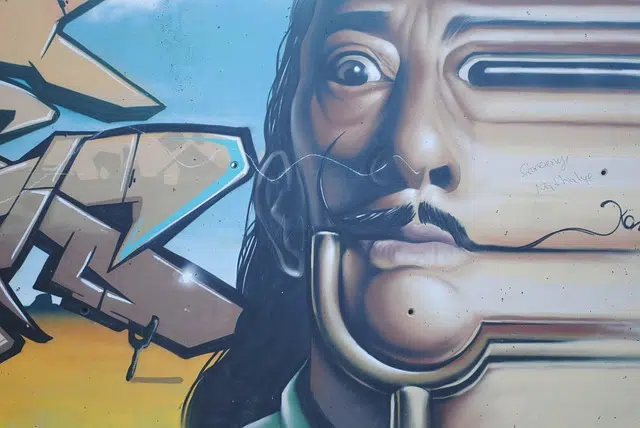
Surrealism aims to transcend reality.
Surrealism or superrealism is a concept that comes from the French surréalisme . It is a literary and artistic movement that seeks to transcend the real from the psychic impulse of the imaginary and the irrational .
Dadaism (which opposed positivist reason and rebelled against bourgeois literary conventions) is the immediate antecedent of surrealism, whose first manifesto was signed by the French poet and literary critic André Breton in 1924 .
Emergence of surrealism
Surrealists pursue truth through automatic writings where rational corrections are omitted. Surrealist writings are based on the use of images to express emotions .
The term surrealism was coined by Guillaume Apollinaire in 1917 , when he used it in the framework of the program he wrote for the musical "Parade" . Over the years, the notion underwent various changes and alterations.

The Spanish Salvador Dalí is one of the greatest exponents of surrealism.
Some exponents
There have been many artists who have become authentic references of surrealism throughout history. However, among all of them we could highlight, for example, the Frenchman Marcel Duchamp, who also became a reference for the well-known pop movement. Among his best-known works is "The Fountain."
In the same way, the Spanish Salvador Dalí should not be overlooked either. One of the greatest and best representatives of surrealism is this one, whose most significant work is perhaps the one entitled "The Persistence of Memory."
Man Ray, Meret Oppenheim and Masson are also fundamental artists when it comes to understanding this artistic movement that was extended not only to painting but also to other fields. In this way, it must be emphasized that it came to cinema at the hands of illustrious directors who marked a before and after in its history.
Specifically, it is worth highlighting distinguished characters such as the Spaniard Luis Buñuel who, precisely together with Dalí, created a film that has become a cult production. We are referring to "The Andalusian Dog" (1928).
In literature, for its part, we must highlight Pierre Naville or André Breton. And while in the plastic arts in general there was also a strong commitment to surrealism thanks to the influence that painters, sculptors, filmmakers and writers were exerting in all areas of life.
Surrealism, politics and art
Surrealism, beyond its irrational appearance, acquired political consciousness from 1925 , when the Moroccan war broke out. Breton , in fact, joined the Communist Party (PC) .
There were, however, conflicts between those who maintained that surrealism should be a purely artistic movement and those who promoted a turn in the movement towards the revolutionary left.
Regarding the artistic aspect, one of the main innovations of surrealism was the exquisite corpse technique , which consists of the collective creation of a set of images or texts. An artist begins a work and passes it to another artist, who continues it without looking at what the preceding creator did.
